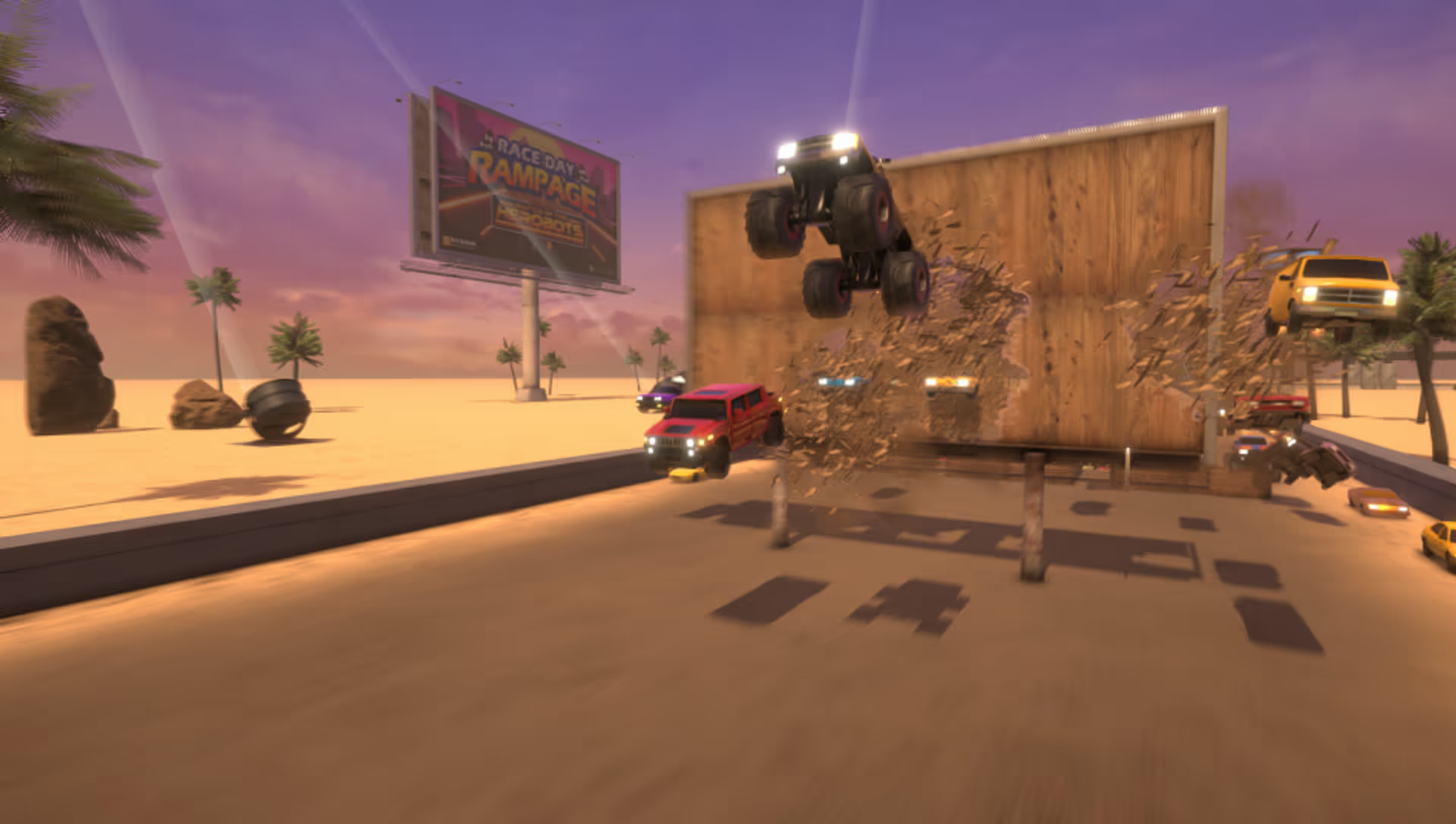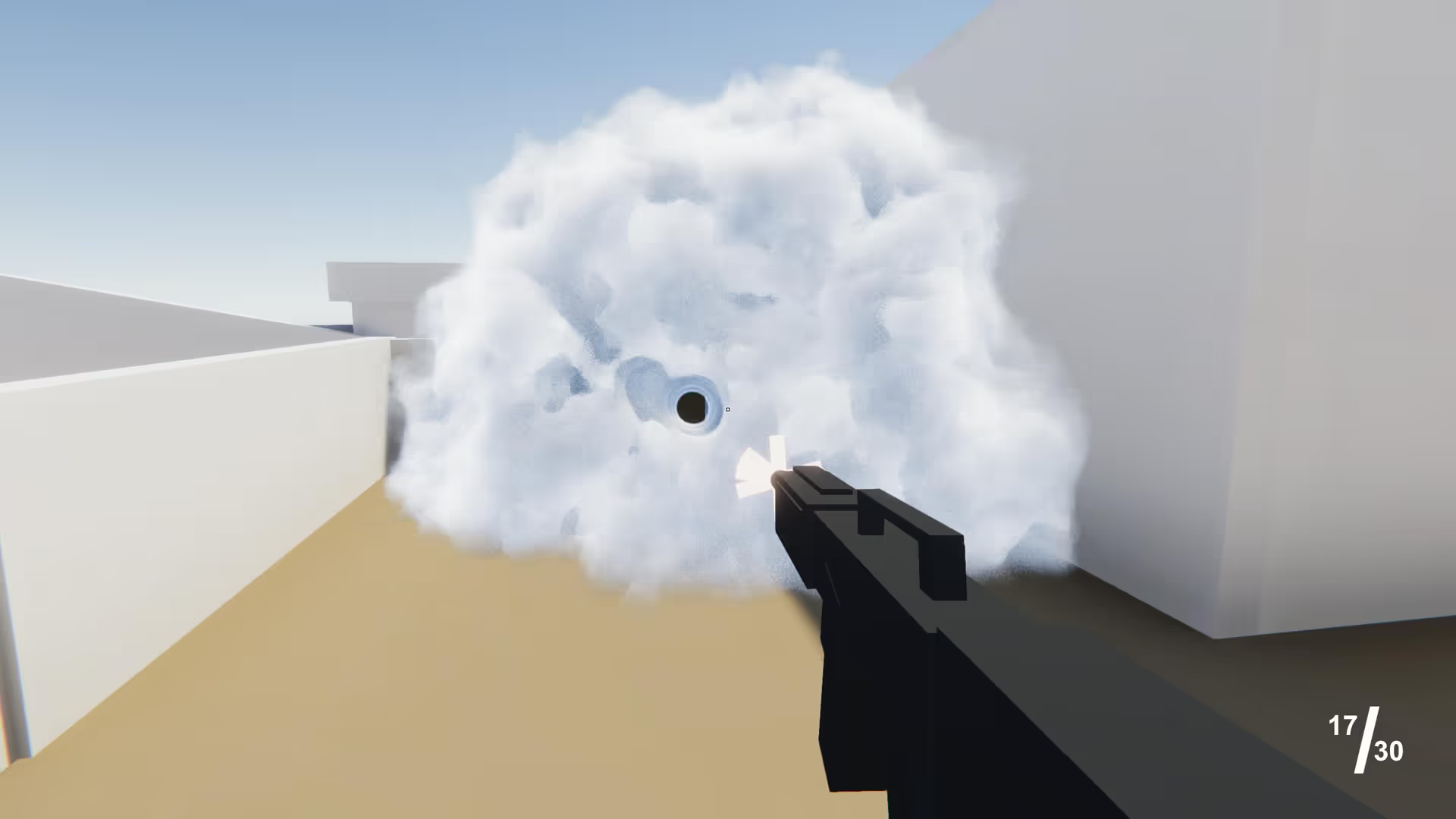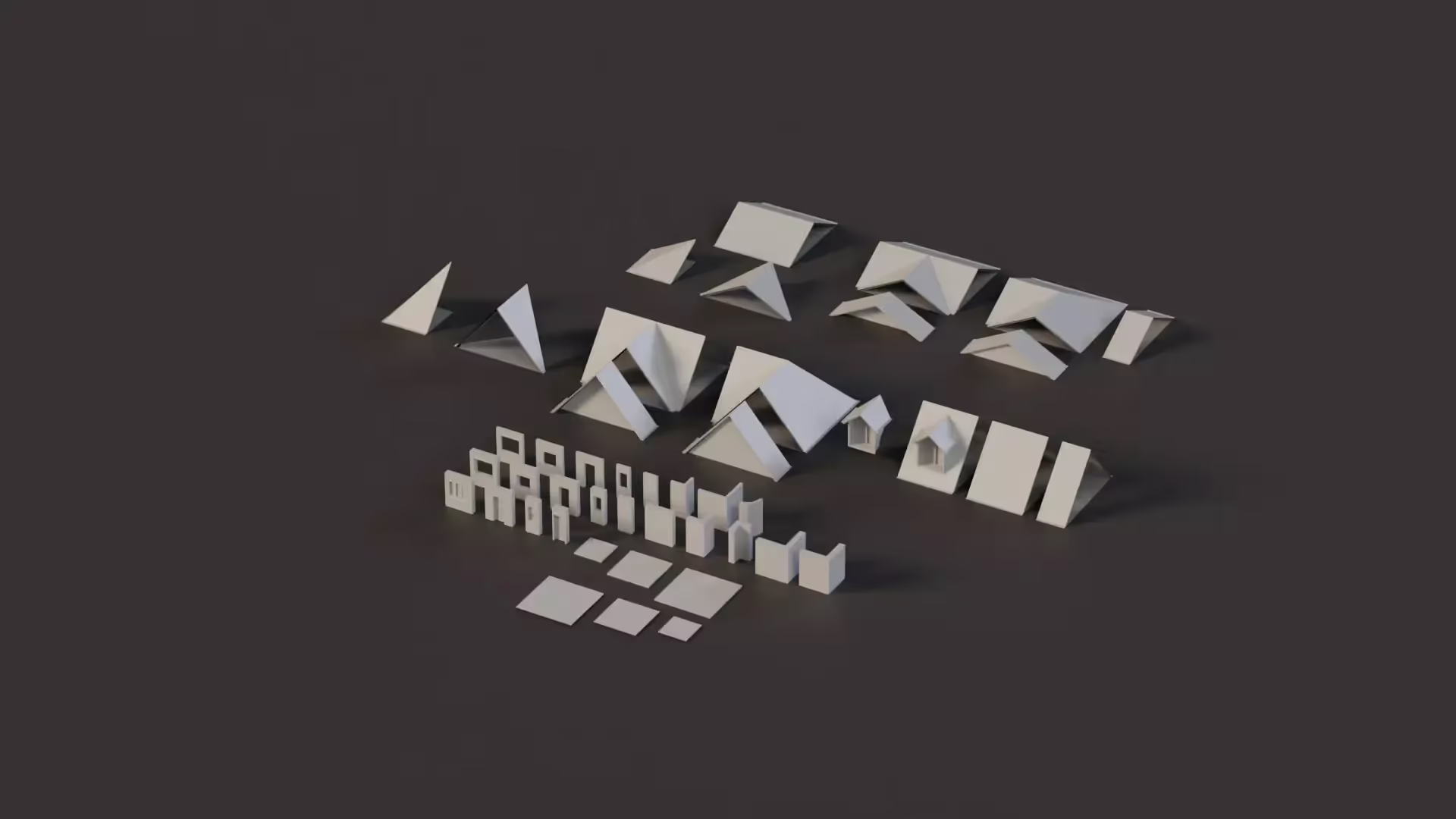How to Write the Perfect Character Backstory
To make an immersive game experience that is memorable and attractive for your players, creating a compelling character backstory is super important.
A character backstory provides context, depth, and motivation to characters in a game, and without it, characters can come across as flat and uninteresting. Strong characters and a powerful narrative is one of the top reasons why people play video games, so it is crucial that you nail it.
In this article, we’ll explore why character backstories are important for your game and easy steps to visualize and create them for your game.
This article is part of a series on game narrative and writing.
Why is Character Backstory Important?
Characters are the heart and soul of any game. Aside from stunning visuals, they are what players connect with and care about. A well-crafted character backstory helps players understand the motivations behind a character’s actions, making the character feel more relatable and human.
A character with a backstory allows players to empathize with them, which can create an emotional connection between the player and the character.
How to Create a Compelling Character Backstory
Building a character backstory is a multi-step process. The first step is to define the character’s personality traits and core characteristics. This will help you understand how the character acts and reacts in different situations throughout the game. This is a crucial piece of storytelling in games. To do that, grab a notepad and brainstorm the following aspects that shape your character’s backstory.
- Formative Experiences
- Impact on Character Development
- Personality Traits, Motivations, and Flaws
Formative Experiences
Think about the character’s history. We are all shaped by our past experiences, and your game characters are no exception. What events have molded them into who they are today? This could be something as simple as childhood trauma or as complex as a family lineage spanning generations. Take the time to study your character, but remember to allow them room to evolve and grow throughout the game’s narrative.
Impact on Character Development
Those formative experiences profoundly shape a character’s behavior, influencing their beliefs, motivations, and actions. Each encounter, triumph, and setback contributes to their development, making them more complex and multidimensional characters. For example, if your character witnessed their family’s tragic demise, they may develop a deep-seated mistrust of others or a relentless drive for vengeance.
Whether it’s overcoming adversity, facing moral dilemmas, or forging meaningful connections, their backstory serves as a blueprint for understanding their present choices and behaviors.
Personality Traits, Motivations, and Flaws
A character’s personality is a mix of their likes, dislikes, strengths, and weaknesses. These aspects are often shaped by their past experiences. For instance, a character who grew up in poverty may have developed resourcefulness as a strength, but also a tendency towards greed or mistrust.
Knowing these nuances helps us understand how characters make certain choices and act the way they do, making their backstory more interesting and nuanced.
Incorporating Backstory into the Game
Once you have a solid backstory, consider how it will impact the game. How will the character’s backstory affect their interactions with other characters? Will it influence the game’s plot or drive certain narrative arcs? Think about the story you want to tell and how the character’s backstory can contribute to that narrative in a meaningful way.
For example, in the game “The Last of Us,” the main protagonist Joel’s backstory revolves around the tragic loss of his daughter during a pandemic outbreak. This event shapes his cynical worldview and initial reluctance to connect with the young girl, Ellie, whom he is tasked with escorting. As their journey progresses, Joel’s backstory adds layers of emotional depth to his character development and the choices he makes.
Character Backstory vs. Character Archetype
The character backstory differs from the character archetype because it focuses on the real experiences lived by the character. The character archetype is used to segment your character into a particular character type either before or after you define the character’s backstory.
Conclusion
Crafting a powerful character backstory is a crucial element that enables players to form a deep emotional bond with the characters and establish a meaningful connection with the game’s narrative. While creating stunning visuals might be a priority, ensuring that your characters have strong personalities and stories to support them adds an essential layer to your game’s quality and overall immersive experience.








.avif)






.avif)
